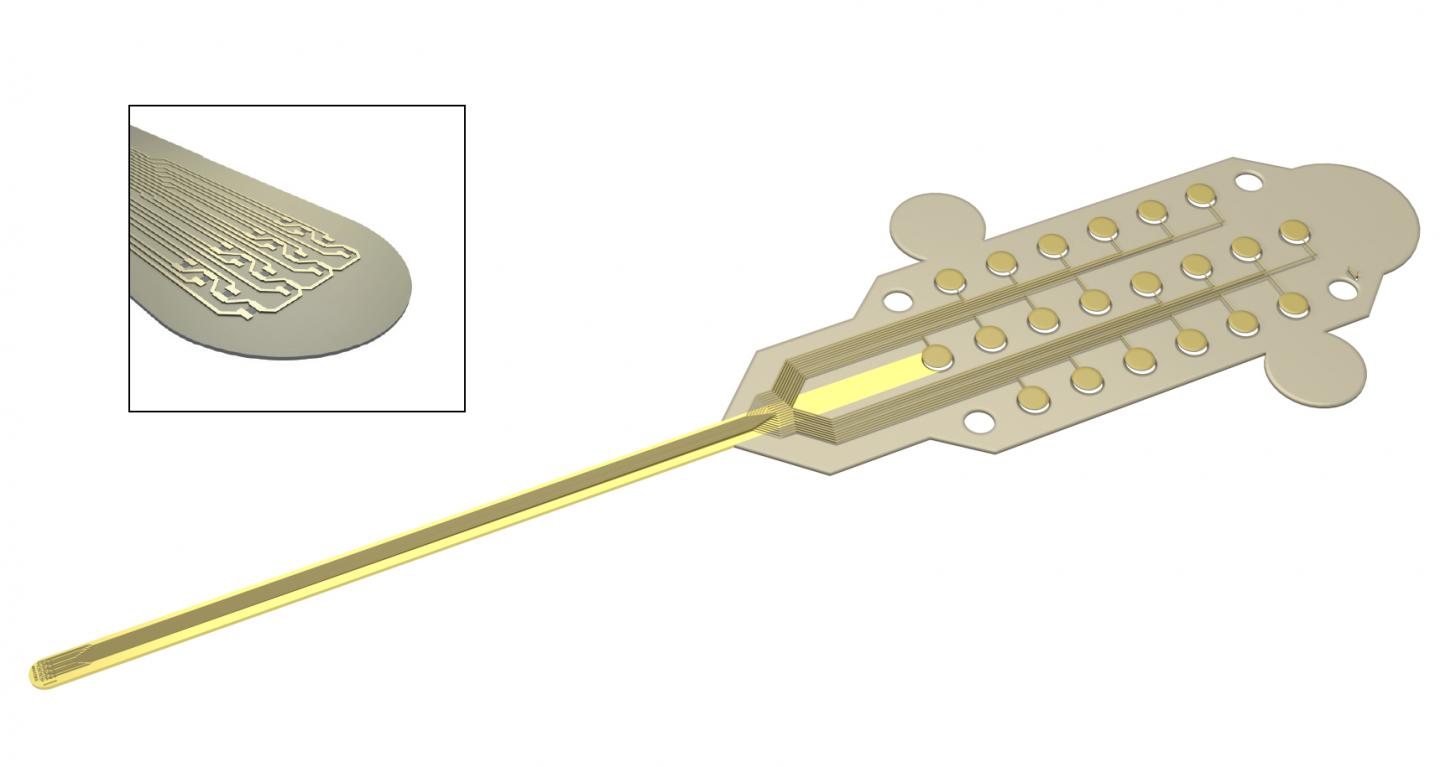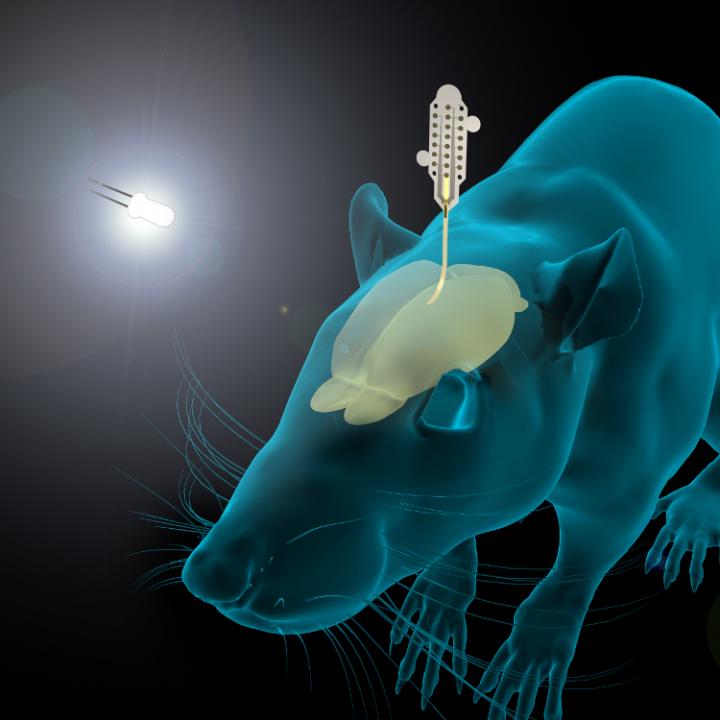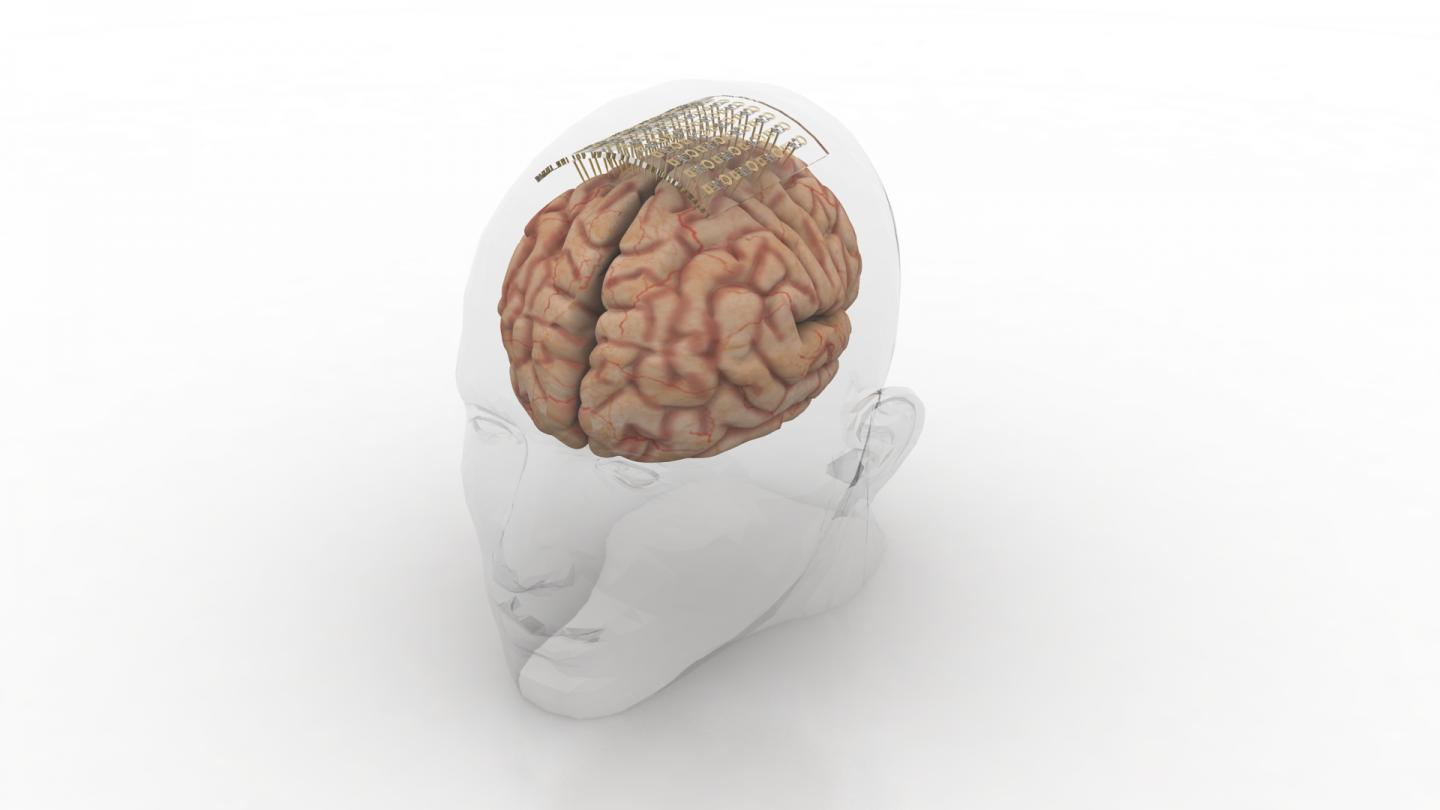A March 22, 2018 EuroScience Open Forum (ESOF) 2018 announcement (received via email) trumpets some of the latest news for this event being held July 9 to July 14, 2018 in Toulouse, France. (Located in the south in the region known as the Occitanie, it’s the fourth largest city in France. Toulouse is situated on the River Garonne. See more in its Wikipedia entry.) Here’s the latest from the announcement,
ESOF 2018 Plenary Sessions
Top speakers and hot topics confirmed for the Plenary Sessions at ESOF 2018
Lorna Hughes, Professor at the University of Glasgow, Chair of the Europeana Research Advisory Board, will give a plenary keynote on “Digital humanities”. John Ioannidis, Professor of Medicine and of Health Research and Policy at Stanford University, famous for his PLoS Medicine paper on “Why most Published Research Findings are False”, will talk about “Reproducibility”. A third plenary will involve Marìa Teresa Ruiz, a Chilean astronomer and the 2017 L’Oreal UNESCO award for Women in Science: she will talk about exoplanets.
…
ESOF under the spotlights
French President’s high patronage: ESOF is at the top of the institutional agendas in 2018.
“Sharing science”. But also putting science at the highest level making it a real political and societal issue in a changing world. ESOF 2018 has officially received the “High Patronage” from the President of the French Republic Emmanuel Macron. ESOF 2018 has also been listed by the French Minister for Europe and Foreign Affairs among the 27 priority events for France.
…
A constellation of satellites around the ESOF planet!
Second focus on Satellite events:
– 4th GEO Blue Planet Symposium organised 4-6 July by Mercator Ocean.
– ECSJ 2018, 5th European Conference of Science Journalists, co-organised by the French Association of Science Journalists in the News Press (AJSPI) and the Union of European Science Journalists’ Associations (EUSJA) on 8 July.
– Esprit de Découvertes (Discovery spirit) organised by the Académie des Sciences, Inscriptions et Belles Lettres de Toulouse on 8 July.More Satellite events to come! Don’t forget to stay long enough in order to participate in these focused Satellite Events and … to discover the city.
The programme for ESOF 2018 can be found here.
Science meets poetry
As has become usual, there is a European City of Science event being held in Toulouse in concert (more or less) with and in celebration of the ESOF event. The City of Science event is being held from July 7 – July 16, 2018.
Organizers have not announced much in the way of programming for the City of Science other than a ‘Science meets Poetry’ meeting,
A unique feature of ESOF is the Science meets Poetry day, which is held at every Forum and brings poets and scientists together.
Indeed, there is today a real artistic movement of poets connected with ESOF. Famous participants from earlier meetings include contributors such as the late Seamus Heaney, Roald Hoffmann [sic] Jean-Pierre Luminet and Prince Henrik of Denmark, but many young and aspiring poets are also involved.
The meeting is in two parts:
- lectures on subjects involving science with poetry
- a poster session for contributed poems
There are competitions associated with the event and every Science meets Poetry day gives rise to the publication of Proceedings in book form.
In Toulouse, the event will be staged by EuroScience in collaboration with the Académie des Jeux Floraux of Toulouse, the Société des Poètes Français and the European Academy of Sciences Arts and Letters, under patronage of UNESCO. The full programme will be announced later, but includes such themes as a celebration of the number 7 in honour of the seven Troubadours of Toulouse, who held the first Jeux Floraux in the year 1323, Space Travel and the first poets and scientists who wrote about it (including Cyrano de Bergerac and Johannes Kepler), from Metrodorus and Diophantes of Alexandria to Fermat’s Last Theorem, the Poetry of Ecology, Lafayette’s ship the Hermione seen from America and many other thought-provoking subjects.
The meeting will be held in the Hôtel d’Assézat, one of the finest old buildings of the ancient city of Toulouse.
Exceptionally, it will be open to registered participants from ESOF and also to some members of the public within the limits of available space.
Tentative Programme for the Science meets Poetry day on the 12th of July 2018
(some Speakers are still to be confirmed)
- 09:00 – 09:30 A welcome for the poets : The legendary Troubadours of Toulouse and the poetry of the number 7 (Philippe Dazet-Brun, Académie des Jeux Floraux)
- 09:30 – 10:00 The science and the poetry of violets from Toulouse (Marie-Thérèse Esquerré-Tugayé Laboratoire de Recherche en Sciences Végétales, Université Toulouse III-CNRS)
- 10:00 –10:30 The true Cyrano de Bergerac, gascon poet, and his celebrated travels to the Moon (Jean-Charles Dorge, Société des Poètes Français)
- 10:30 – 11:00 Coffee Break (with poems as posters)
- 11:00 – 11:30 Kepler the author and the imaginary travels of the famous astronomer to the Moon. (Uli Rothfuss, die Kogge International Society of German-language authors )
- 11:30 – 12:00 Spoutnik and Space in Russian Literature (Alla-Valeria Mikhalevitch, Laboratory of the Russian Academy of Sciences Saint-Petersburg)
- 12:00 – 12:30 Poems for the planet Mars (James Philip Kotsybar, the ‘Bard of Mars’, California and NASA USA)
- 12:30 – 14:00 Lunch and meetings of the Juries of poetry competitions
- 14:00 – 14:30 The voyage of the Hermione and « Lafayette, here we come ! » seen by an American poet (Nick Norwood, University of Columbus Ohio)
- 14:30 – 15:00 Alexandria, Toulouse and Oxford : the poem rendered by Eutrope and Fermat’s Last Theorem (Chaunes [Jean-Patrick Connerade], European Academy of Sciences, Arts and Letters, UNESCO)
- 15:00 –15:30 How biology is celebrated in contemporary poetry (Assumpcio Forcada, biologist and poet from Barcelona)
- 15:30 – 16:00 A book of poems around ecology : a central subject in modern poetry (Sam Illingworth, Metropolitan University of Manchester)
- 16:00 – 16:30 Coffee break (with poems as posters)
- 16:30 – 17:00 Toulouse and Europe : poetry at the crossroads of European Languages (Stefka Hrusanova (Bulgarian Academy and Linguaggi-Di-Versi)
- 17:00 – 17:30 Round Table : seven poets from Toulouse give their views on the theme : Languages, invisible frontiers within both science and poetry
- 17:30 – 18:00 The winners of the poetry competitions are announced
- 18:00 – 18:15 Chaunes. Closing remarks
I’m fascinated as in all the years I’ve covered the European City of Science events I’ve never before tripped across a ‘Science meets Poetry’ meeting. Sadly, there’s no contact information for those organizers. However, you can sign up for a newsletter and there are contacts for the larger event, European City of Science or as they are calling it in Toulouse, the Science in the City Festival,
Contact
Camille Rossignol (Toulouse Métropole)
camille.rossignol@toulouse-metropole.fr
+33 (0)5 36 25 27 83
François Lafont (ESOF 2018 / So Toulouse)
francois.lafont@toulouse2018.esof.eu
+33 (0)5 61 14 58 47
Travel grants for media types
One last note and this is for journalists. It’s still possible to apply for a travel grant, which helps ease but not remove the pain of travel expenses. From the ESOF 2018 Media Travel Grants webpage,
ESOF 2018 – ECSJ 2018 Travel Grants
The 5th European Conference of Science Journalists (ECSJ2018) is offering 50 travel + accommodation grants of up to 400€ to international journalists interested in attending ECSJ and ESOF.
We are looking for active professional journalists who cover science or science policy regularly (not necessarily exclusively), with an interest in reflecting on their professional practices and ethics. Applicants can be freelancers or staff, and can work for print, web, or broadcast media.
ESOF 2018 Nature Travel Grants
Springer Nature is a leading research, educational and professional publisher, providing quality content to its communities through a range of innovative platforms, products and services and is home of trusted brands including Nature Research.
Nature Research has supported ESOF since its very first meeting in 2004 and is funding the Nature Travel Grant Scheme for journalists to attend ESOF2018 with the aim of increasing the impact of ESOF. The Nature Travel Grant Scheme offers a lump sum of £400 for journalists based in Europe and £800 for journalists based outside of Europe, to help cover the costs of travel and accommodation to attend ESOF2018.
Good luck!
(My previous posting about this ESOF 2018 was Sept. 4, 2017 [scroll down about 50% of the way] should you be curious.)



